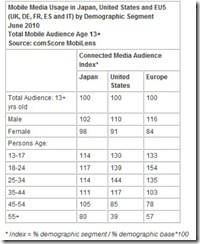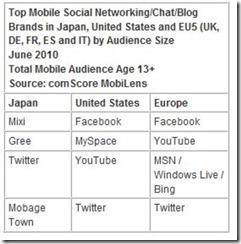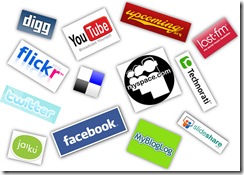Marketers must leverage trust, not just popularity
Trust and credibility are the gold standards by which relationships are measured. This is true of personal relationships as well as connections between people and brands.
The rise of social media has reinforced the importance of trust. Successful and enduring social networks such as Facebook and LinkedIn are built on a foundation of trust and transparency. But social media has also distorted the notion of trust and put an emphasis on the size of a person’s network and connections.
“Most people’s decisions are shaped by word-of-mouth input, whether online or offline, from a tight circle of close friends and relatives,” said Paul Verna, eMarketer senior analyst and author of the new report “Word-of-Mouth Marketing: Leveraging Trust Online and Offline.” “Marketers seeking to maximize their reach should focus on the quality of social network connections rather than their sheer size.”
According to Invoke Solutions, quantitative measures such as the volume of content and participation, the length of time people have been fans or followers, or the raw number of followers or fans mattered far less in inspiring trust than the openness of the dialogue, the quality of the comments, and the responsiveness of the sponsor or author.
And Vision Critical found that among US consumers overall as well as daily social network users, friends and family were trusted for product recommendations far more than brand-originated content or people consumers did not know.
And marketers around the world agree that popularity does not equal influence on social media sites.
“The level of influence over one’s friends, followers or fans is the real key, and influence does not necessarily correlate to the size of the network,” said Verna.
In addition, there is a feedback loop between online and offline word-of-mouth, and marketers must understand the connections and differences between the channels.

































